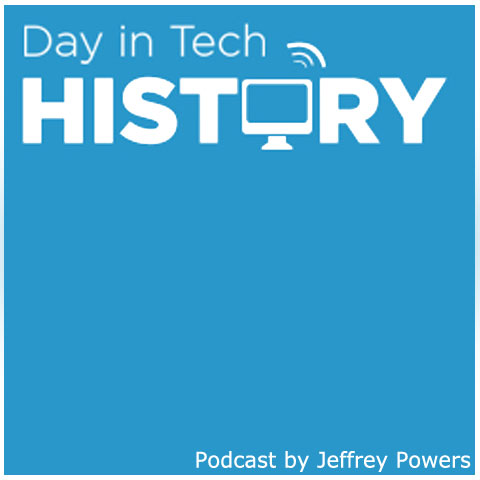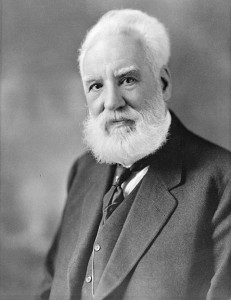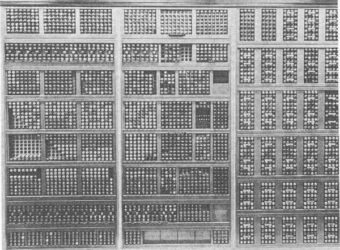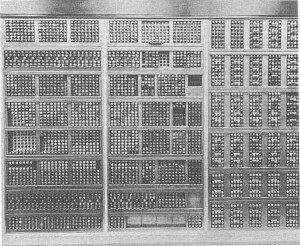January 25, 1881: The Oriental Telephone Company
Subscribe! Spotify | RSS | More
1881 – Alexander Graham Bell and Thomas Edison establish the Oriental Telephone Company of New York and the Angle-Indian Telephone Company Ltd. These companies were licensed to sell telephones in other countries such as Greese, Turkey, India, Japan, China and more.
Countries recieving phones would have 3-digit numbers, which changed to 4, 5, then finally 7. It is unclear when the Oriental Bell Telephone company dissolved, but some of the phone lines they installed are still functional to this day, as according to this article by Indiatimes.com
1915 – 34 years after the company established, the first transcontinental call would be made.
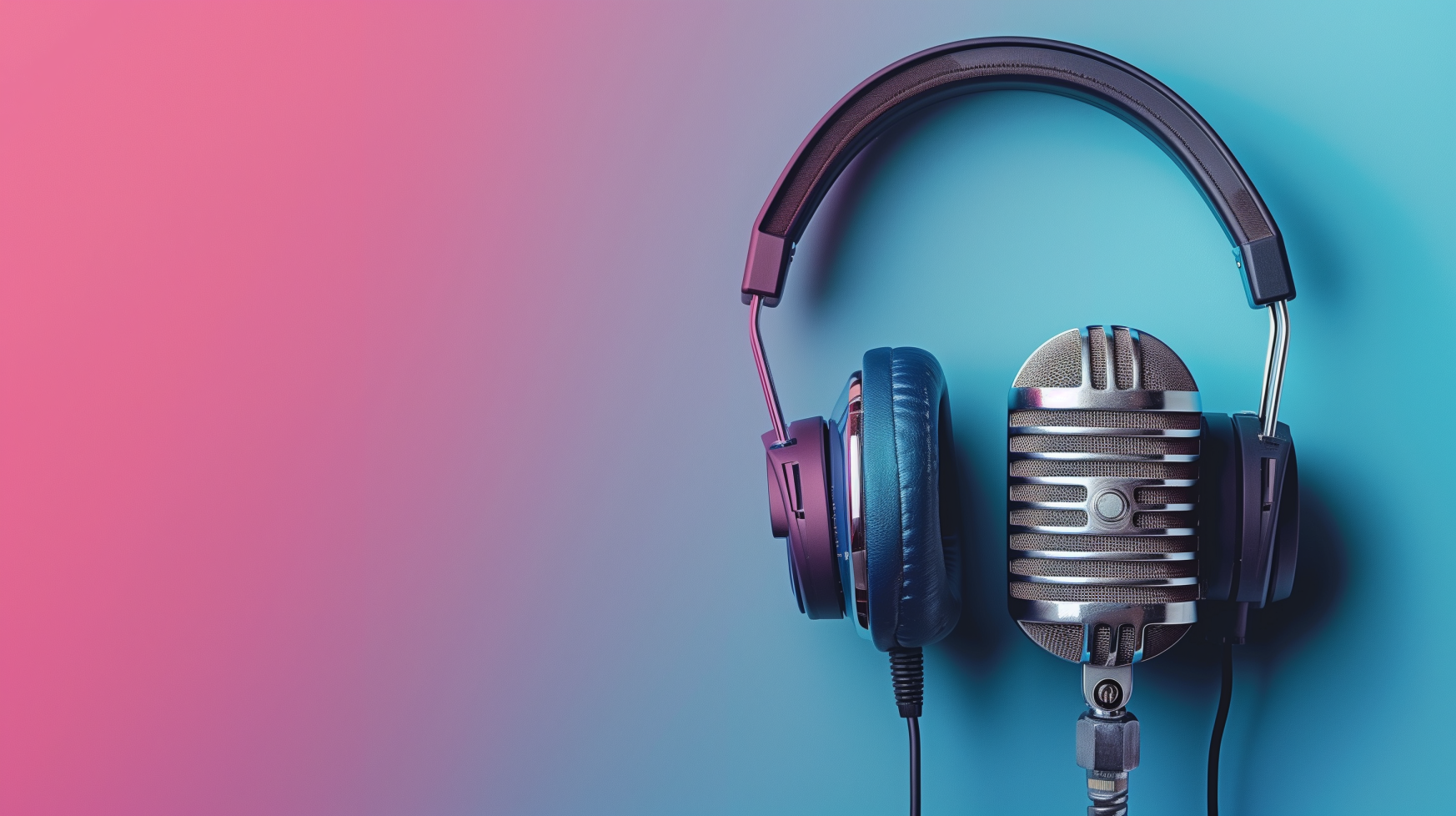
Subscribe to Day In Tech History:
RSS Feed - iTunes - Android - Spotify - iHeartRadio
Facebook -
- RSS Bandwidth by Cachefly Get a 14 Day Trial
- Join me on Patreon and support Day in Tech History
- Version 2.2 of Linux
- Jini Network Architecture
- Judge reinstates how Microsoft can incorporate Sun Java
